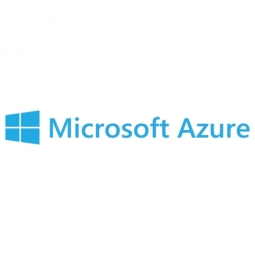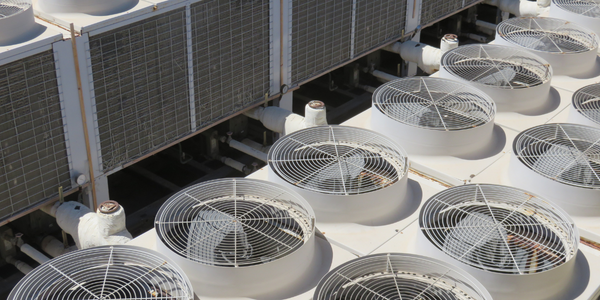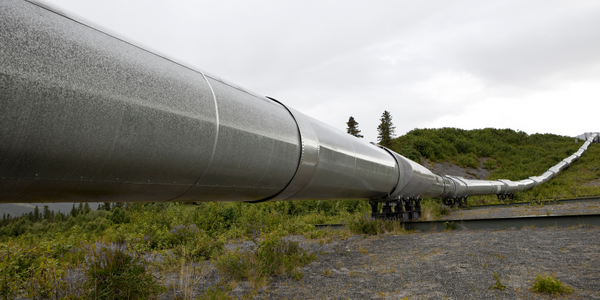Azure Defender for IoT helps global geological materials company secure production and bridge the IT/OT gap

Customer Company Size
Large Corporate
Region
- Europe
- America
Country
- Belgium
- Germany
- United States
Product
- Microsoft Defender for IoT
- Office 365
- Power BI
Tech Stack
- Azure
Implementation Scale
- Enterprise-wide Deployment
Impact Metrics
- Cost Savings
- Customer Satisfaction
- Productivity Improvements
Technology Category
- Cybersecurity & Privacy - Network Security
- Networks & Connectivity - Network Management & Analysis Software
Applicable Functions
- Business Operation
- Maintenance
Use Cases
- Predictive Maintenance
- Remote Asset Management
Services
- Cybersecurity Services
- System Integration
About The Customer
Lhoist is a global leader in mineral and limestone materials, operating 80 plants in more than 25 countries. The company is involved in extracting, crushing, burning, and milling rock, and its products are used in various industries, including steel, flue gas treatment, paints, papers, roads, rock gardens, chalk, concrete, and even toothpaste. Lhoist's field locations typically include a quarry next to a processing plant, both containing heavy machinery and industrial automation equipment. The operational technology (OT) teams onsite are responsible for electrical and mechanical projects, maintenance, and logistics operations, ensuring environmental safety, workplace safety, and productivity. Historically, there has been a debate between the automation team and the IT department regarding security and business continuity, with each team having its own schedules, timescales, and objectives.
The Challenge
OT network security hasn't always been a priority at Lhoist, as plants were traditionally isolated from other networks. However, digital transformation has led to more connected industrial environments, making OT security a top priority. Critical OT equipment is now more connected to the plant IT network, which is in turn connected to the corporate IT network. There is also an increasing demand for remote access from third-party vendors who help manage and maintain equipment. The CISO's role is to reduce cyber risk enterprise-wide and ensure that any attempt to compromise OT equipment is quickly detected and mitigated. A recent ransomware attack at a related organization highlighted the need for a security review at Lhoist, as it resulted in missed deliveries and millions of dollars in damages.
The Solution
Lhoist implemented a global OT security initiative using Microsoft Azure Defender for IoT to boost security and bridge the IT/OT divide. The project was initiated by meeting with key stakeholders, including the VP of Operations and plant managers, to discuss the business implications of OT risk and the need for stronger OT security. A Center of Excellence (COE) for Global Industrial Security was created to foster collaboration and communication between teams. Azure Defender for IoT automatically discovers and maps the entire network and all connected OT devices, providing insights into device status, configuration details, and network behavior. The solution supports a wide range of protocols used by diverse industrial equipment and uses specialized OT-aware analytics to identify vulnerabilities and security issues. The deployment is agentless and integrates with the existing AlienVault SIEM solution in Lhoist's security operations center.
Operational Impact
Quantitative Benefit

Case Study missing?
Start adding your own!
Register with your work email and create a new case study profile for your business.
Related Case Studies.

Case Study
Remote Monitoring & Predictive Maintenance App for a Solar Energy System
The maintenance & tracking of various modules was an overhead for the customer due to the huge labor costs involved. Being an advanced solar solutions provider, they wanted to ensure early detection of issues and provide the best-in-class customer experience. Hence they wanted to automate the whole process.
.png)
Case Study
Improving Vending Machine Profitability with the Internet of Things (IoT)
The vending industry is undergoing a sea change, taking advantage of new technologies to go beyond just delivering snacks to creating a new retail location. Intelligent vending machines can be found in many public locations as well as company facilities, selling different types of goods and services, including even computer accessories, gold bars, tickets, and office supplies. With increasing sophistication, they may also provide time- and location-based data pertaining to sales, inventory, and customer preferences. But at the end of the day, vending machine operators know greater profitability is driven by higher sales and lower operating costs.

Case Study
Predictive Maintenance for Industrial Chillers
For global leaders in the industrial chiller manufacturing, reliability of the entire production process is of the utmost importance. Chillers are refrigeration systems that produce ice water to provide cooling for a process or industrial application. One of those leaders sought a way to respond to asset performance issues, even before they occur. The intelligence to guarantee maximum reliability of cooling devices is embedded (pre-alarming). A pre-alarming phase means that the cooling device still works, but symptoms may appear, telling manufacturers that a failure is likely to occur in the near future. Chillers who are not internet connected at that moment, provide little insight in this pre-alarming phase.

Case Study
Remote Wellhead Monitoring
Each wellhead was equipped with various sensors and meters that needed to be monitored and controlled from a central HMI, often miles away from the assets in the field. Redundant solar and wind generators were installed at each wellhead to support the electrical needs of the pumpstations, temperature meters, cameras, and cellular modules. In addition to asset management and remote control capabilities, data logging for remote surveillance and alarm notifications was a key demand from the customer. Terra Ferma’s solution needed to be power efficient, reliable, and capable of supporting high-bandwidth data-feeds. They needed a multi-link cellular connection to a central server that sustained reliable and redundant monitoring and control of flow meters, temperature sensors, power supply, and event-logging; including video and image files. This open-standard network needed to interface with the existing SCADA and proprietary network management software.








